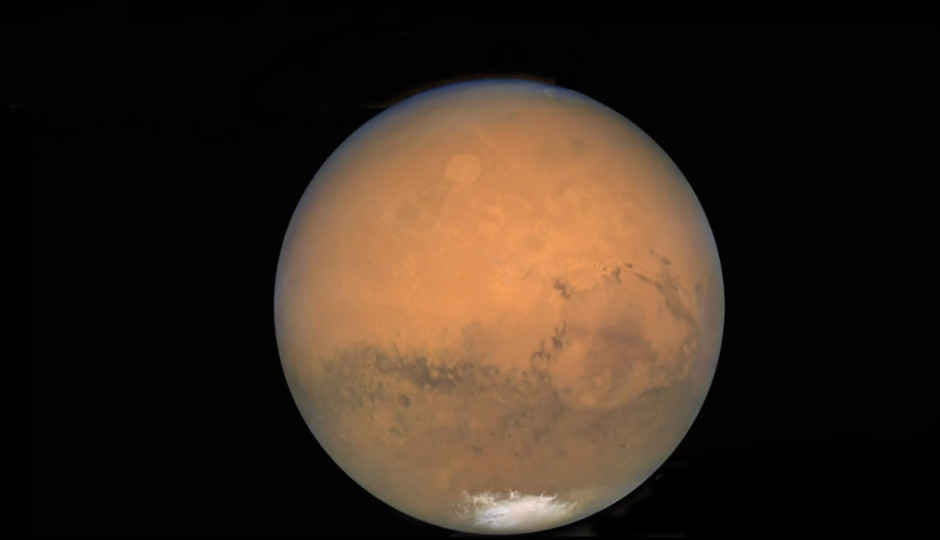 Mars will be the closest to Earth in over 15 years today. The Red Planet will be at a distance of 35.8 million miles (57.6 million kilometers) from Earth today, making it visible in the sky till atleast 2:30PM IST today. This will be the closest Mars gets to Earth since 2003 and the next such event will occur in October 2020. By mid-August, Mars will become fainter as Mars and Earth travel farther away from each other in their orbits around the Sun. According to NASA, Mars’ brightness increases as it comes closer to our planet, making it visible in the sky. The minimum distance from the Earth to Mars is about 33.9 million miles (54.6 million kilometers). Factors like gravitational tugging by other planets and the fact that the both Earth and Mars have elliptical (egg-shaped) paths, with their orbits slightly tilted with respect to each other, means that not all close encounters between the two are equal. In 2003, Mars made its closest approach to Earth in nearly 60,000 years! It won't be that close again until the year 2287. Whenever the two planets have a close encounter, it becomes easier to spot the Red Planet in the skyline. It can sometimes be visible to the naked eye and at other times a telescope is needed to see the celestial phenomenon. This time around, Mars will be clearest from the Southern Hemisphere skyline, meaning that India might not be the best country to view it from. Thankfully, the scene is being live streamed from the Griffith Observatory and you can go watch it in the video embedded below. Be warned that if someone tells you or you read somewhere that Mars will look as big as the Moon in our night sky, you are being fooled. Nasa says that if that were to be true, we'd be in big trouble given the gravitational pulls on Earth, Mars, and our Moon!
Mars will be the closest to Earth in over 15 years today. The Red Planet will be at a distance of 35.8 million miles (57.6 million kilometers) from Earth today, making it visible in the sky till atleast 2:30PM IST today. This will be the closest Mars gets to Earth since 2003 and the next such event will occur in October 2020. By mid-August, Mars will become fainter as Mars and Earth travel farther away from each other in their orbits around the Sun. According to NASA, Mars’ brightness increases as it comes closer to our planet, making it visible in the sky. The minimum distance from the Earth to Mars is about 33.9 million miles (54.6 million kilometers). Factors like gravitational tugging by other planets and the fact that the both Earth and Mars have elliptical (egg-shaped) paths, with their orbits slightly tilted with respect to each other, means that not all close encounters between the two are equal. In 2003, Mars made its closest approach to Earth in nearly 60,000 years! It won't be that close again until the year 2287. Whenever the two planets have a close encounter, it becomes easier to spot the Red Planet in the skyline. It can sometimes be visible to the naked eye and at other times a telescope is needed to see the celestial phenomenon. This time around, Mars will be clearest from the Southern Hemisphere skyline, meaning that India might not be the best country to view it from. Thankfully, the scene is being live streamed from the Griffith Observatory and you can go watch it in the video embedded below. Be warned that if someone tells you or you read somewhere that Mars will look as big as the Moon in our night sky, you are being fooled. Nasa says that if that were to be true, we'd be in big trouble given the gravitational pulls on Earth, Mars, and our Moon!from Latest Technology News https://ift.tt/2KcaxU3

Comments
Post a Comment